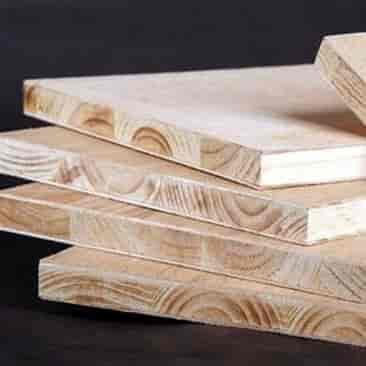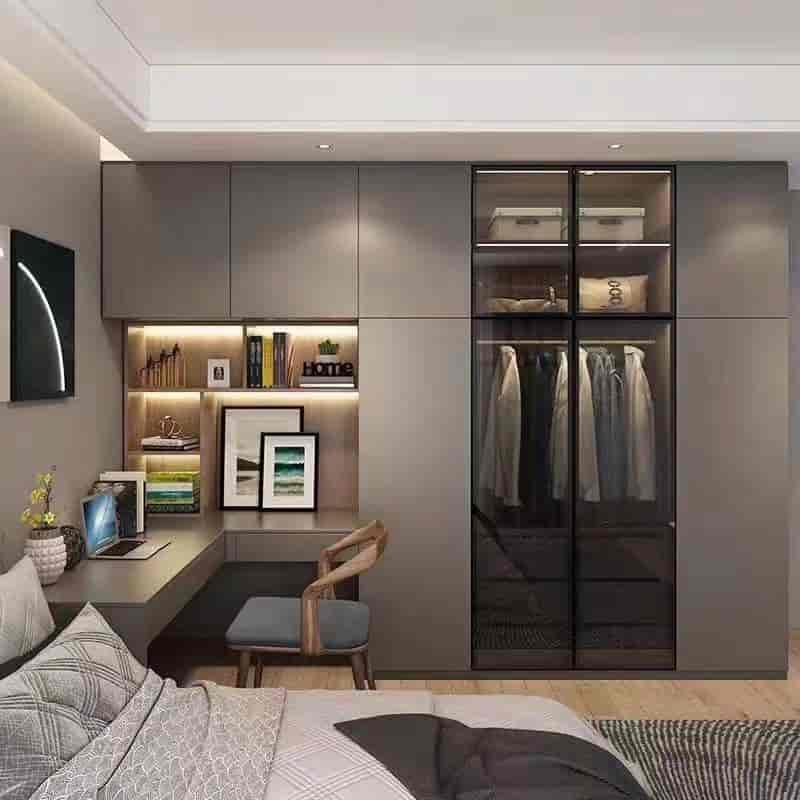Miks kasutada MDF-i puidu asemel?
MDF (keskmise tihedusega puitkiudplaat) on populaarne materjalivalik tänu selle siledamale viimistlusele, paremale tugevuse ja kaalu suhtele, mehaanilisusele ja kuluefektiivsusele. Erinevalt naturaalsest puidust on MDF-plaadil ühtlane, mittepoorne pind, mis sobib ideaalselt värvimiseks või lakkimiseks. Samuti on sellel vähem paisumis- ja kokkutõmbumisprobleeme, mis vähendab väändumise või lõhenemise ohtu. Peale selle tekib MDFi tootmisel üldiselt vähem jäätmeid kui traditsioonilise saematerjali tootmisel. Kokkuvõttes pakub MDF-plaat kuluefektiivset lahendust, millel on mitmeid eeliseid traditsiooniliste puitplaatide ees, mis muudab selle atraktiivseks alternatiiviks mitmesuguste ehitus- ja käsitööprojektide jaoks.









